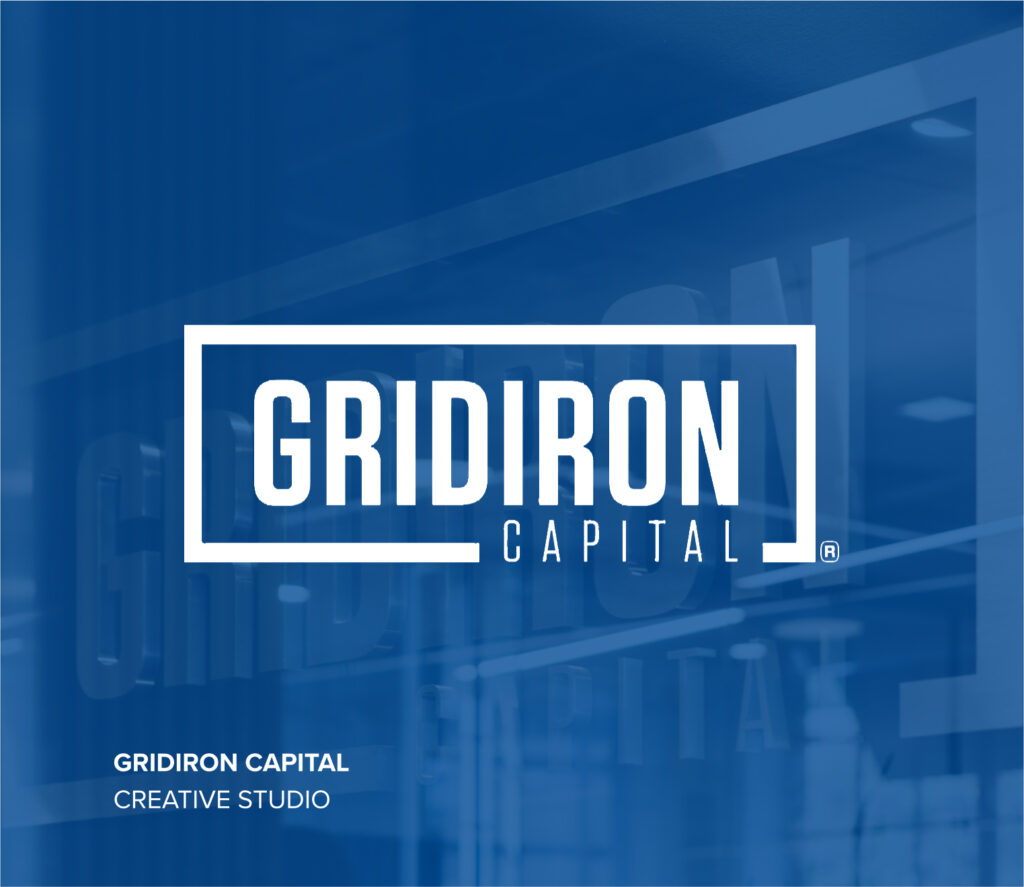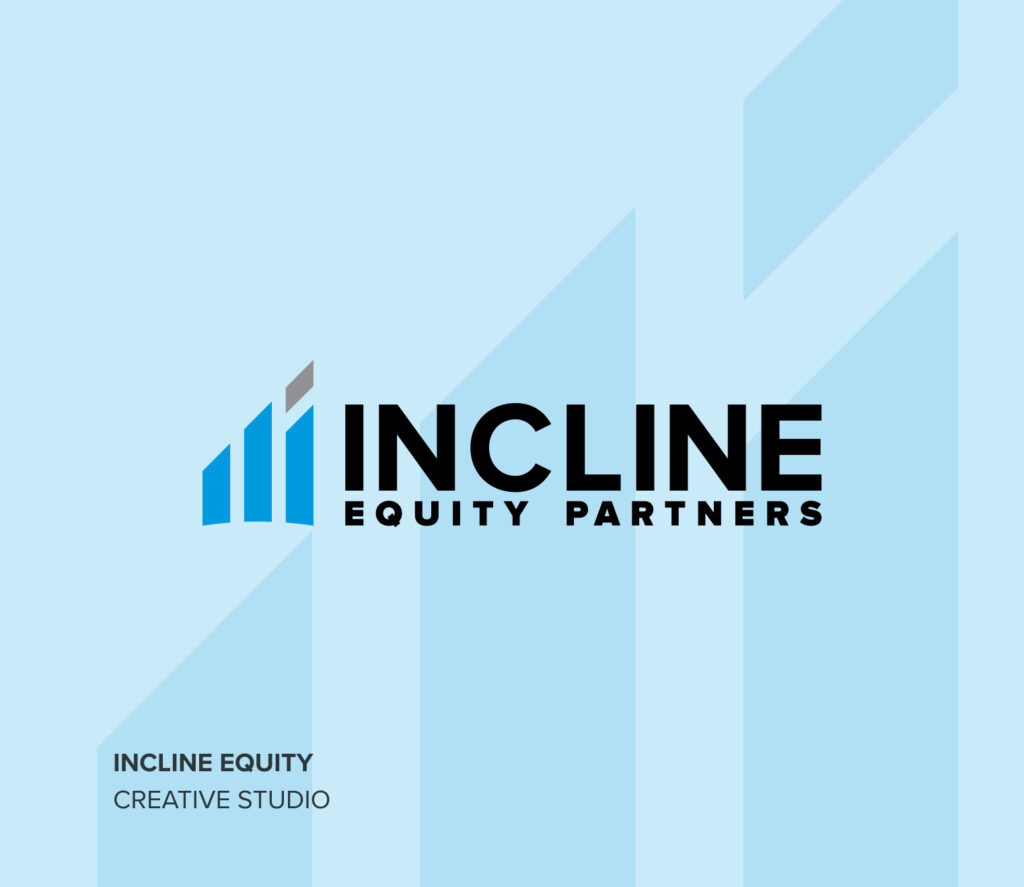A Different Game Day for CEOs:
Super Bowl Ads Aim to Drive Shareholder Interest
As financial storytellers, we often notice how brands use the Super Bowl to reach customers and reinforce broader strategic priorities. CEOs and executive teams should take note that these commercials are not always designed to drive sales, but to speak directly to their most finicky audience — investors. These ads are crafted to deliver signals to shareholders, align marketing investments with market positioning, reinforce long-term value narratives during corporate transitions, and set expectations for monetization strategies in emerging tech sectors.
For CEOs, CMOs, and IR professionals who want to go beyond the entertainment factor, these campaigns can serve as critical moments of truth in corporate strategy that influence market expectations and boost shareholder confidence.
This year, Pfizer and Meta took to the stage with high-profile campaigns – one reinforcing a long-term shift in shareholder communications and corporate storytelling, the other positioning emerging technology for mainstream adoption.
A few observations.
Strategic Storytelling: How Pfizer aligns marketing with positioning
Pfizer’s 60-second spot, Knock Out, builds on its ongoing effort to reframe public perception beyond COVID-era branding. Featuring a pediatric cancer patient in a dreamlike training montage, the ad underscores Pfizer’s commitment to oncology breakthroughs, aligning with its post-pandemic growth strategy. Pfizer strengthens its message of resilience and innovation by featuring LL Cool J’s Mama Said Knock You Out and partnering with the rapper and his wife, who beat cancer.
Pfizer is not just selling a narrative of hope, it is reinforcing its strategic pivot toward oncology innovation, following its $43 billion acquisition of Seagen. By tying its brand campaign to long-term drug development goals, Pfizer ensures that its marketing spend serves public trust and shareholder value.
Selling the Vision: Meta bets on consumer curiosity
Meanwhile, Meta’s Who Eats Art leaned on humor, star power, and a viral art reference. Featuring Chris Hemsworth and Chris Pratt interacting with Kris Jenner’s AI-powered eyewear, the ad positioned Meta’s AR technology as both a lifestyle accessory and a glimpse into a more connected future. Meta’s ad is a bet on consumer curiosity, but unless the company can translate that attention into measurable growth, the high-profile placement risks being seen as an expensive experiment.
AR glasses have struggled with mass adoption, and investor skepticism remains high. High-visibility marketing for emerging technologies must be paired with a clear commercialization roadmap.
Vested Perspective: Investor communications touchdown pass
For companies investing in premium advertising, the impact extends far beyond game-day buzz and consumer reaction. Shareholders scrutinize these campaigns as signals of corporate direction, making it imperative that marketing and investor relations teams stay in sync.
Here are our key recommendations to ensure your investment drives brand value and business success:
CMOs must ensure that high-profile ad strategies align with investor messaging. A Super Bowl campaign is not a statement on corporate vision and market positioning, not just a brand exercise.
Investor Relations can better leverage post-ad sentiments. Marketing buzz should be translated into tangible investor insights that reinforce long-term strategic goals. It’s a great moment to drive conversations on quarterly earnings calls.
Marketing investments need clear ties to measurable business performance. Whether it’s product adoption, revenue growth, or competitive differentiation, CEOs should define and articulate success metrics in advance.
For emerging technologies, all executives must align on a clear roadmap to commercialization. Investor enthusiasm alone isn’t enough—companies must outline how these innovations will drive profitability.
Super Bowl ads are more than just a play for consumer engagement—they are moments of truth in corporate storytelling. If these campaigns don’t align with broader business strategies, they risk becoming little more than expensive, short-lived spectacles.


